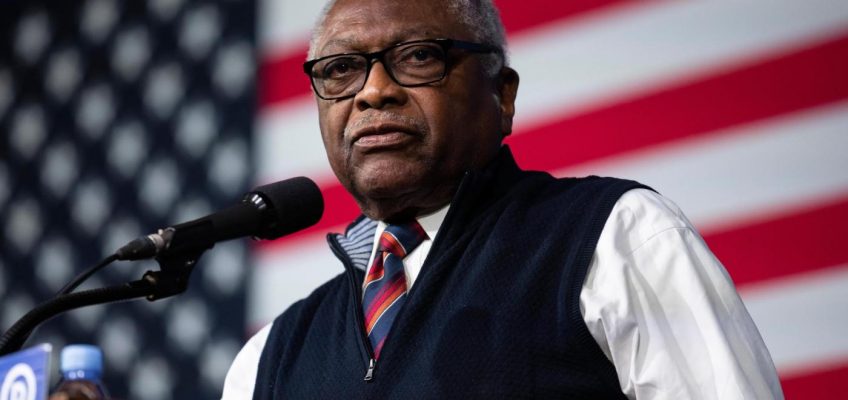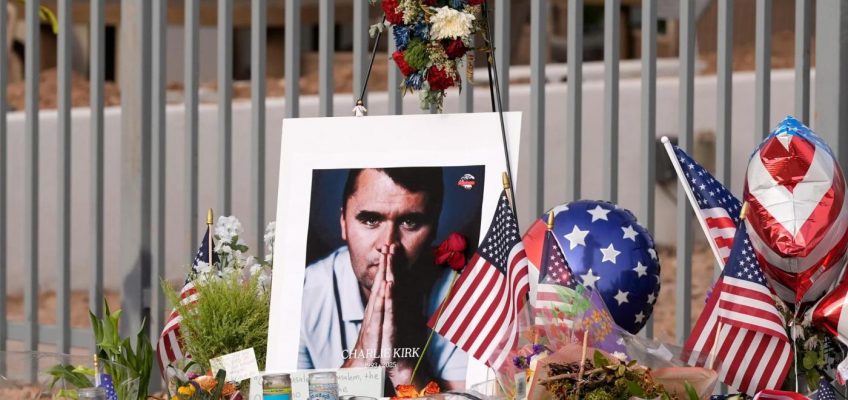PHILADELPHIA — Jhoan Duran has heard about “Red October” and snippets about what postseason baseball is like in Philadelphia, but the Phillies closer is finding it hard to envision. After all, pitching in front of passionate fans at a packed Citizens Bank Park has made every night feel like the playoffs to him.
“It’s incredible,” he said. “I feel like when I played for Minnesota in the ’23 playoffs. That’s what I feel like when I pitch over here every day.”
Duran was traded to the Phillies on July 30, a day before the Twins’ front office imploded the roster, making seven more trades. The first of those was sending outfielder Harrison Bader to Philadelphia, as well, where the two now are thriving as the National League East winning-Phillies prepare for a playoff run.
Entering Friday’s contest with the Twins, Duran had a 2.29 ERA in 19 2/3 innings pitched with the Phillies. He has almost as many saves (15) as he did in the first four months of the season with the Twins (16). Bader, meanwhile, has become the Phillies’ every day center fielder. Entering Friday, he was hitting .314 with an .850 OPS since joining the Phillies.
“There are a lot of things that happen in the game that … are out of your control. When things do work out well, and I think a team does right by you and allows you to continue your season playing meaningful baseball, I’m very, very grateful for it,” Bader said.
The 31-year-old is playing for his sixth different organization, and July’s trade marked the second time he had been dealt at the deadline. A veteran on an expiring contract, a trade was expected.
But it was a newer experience for Duran, who was traded as a minor leaguer but had only ever played for the Twins as a major leaguer, and has two more seasons before he hits free agency. Duran said he was playing in his backyard with his son when he got the call letting him know he had been traded.
“I was shocked a little bit. It’s not like a big surprise to me because I knew maybe something would happen, but I didn’t want to accept the idea that something would happen,” Duran said. “That’s a surprise to me because I wanted to be on the team. They gave me the opportunity to be in the major leagues for a first time and I wanted to be there for a long time. They gave me a good opportunity here, too, so I’ll take it.”
From the moment he stepped onto the Citizens Bank Park diamond, Duran has been a hit in Philadelphia. Along with the closer, the Twins also sent along his electric entrance, which quickly went viral on social media when the Phillies introduced it for the first time.
And soon, it very well could be used in postseason play once again as the duo — along with former Twin Max Kepler — chase after a World Series ring.
“I’m just really glad the Twins dealt me to a contender,” Bader said. “I don’t want to speak for Duran, but I’m sure he feels the same way.”
Briefly
Mick Abel, whom the Twins received as part of the return for Duran, will start Saturday night’s game for Minnesota against Philadelphia. … Kody Clemens, whom the Twins acquired from the Phillies in April, got a nice round of applause from the fans during his first-inning at-bat.
Related Articles
Royce Lewis acknowledges uncertainty as Twins’ season nears end
Twins fall to deGrom, Rangers
Luke Keaschall’s rookie season ends with injury; surgery likely
Twins’ win eliminates Texas from playoff chase
A look toward future: How did Twins’ top 10 prospects perform this year?




